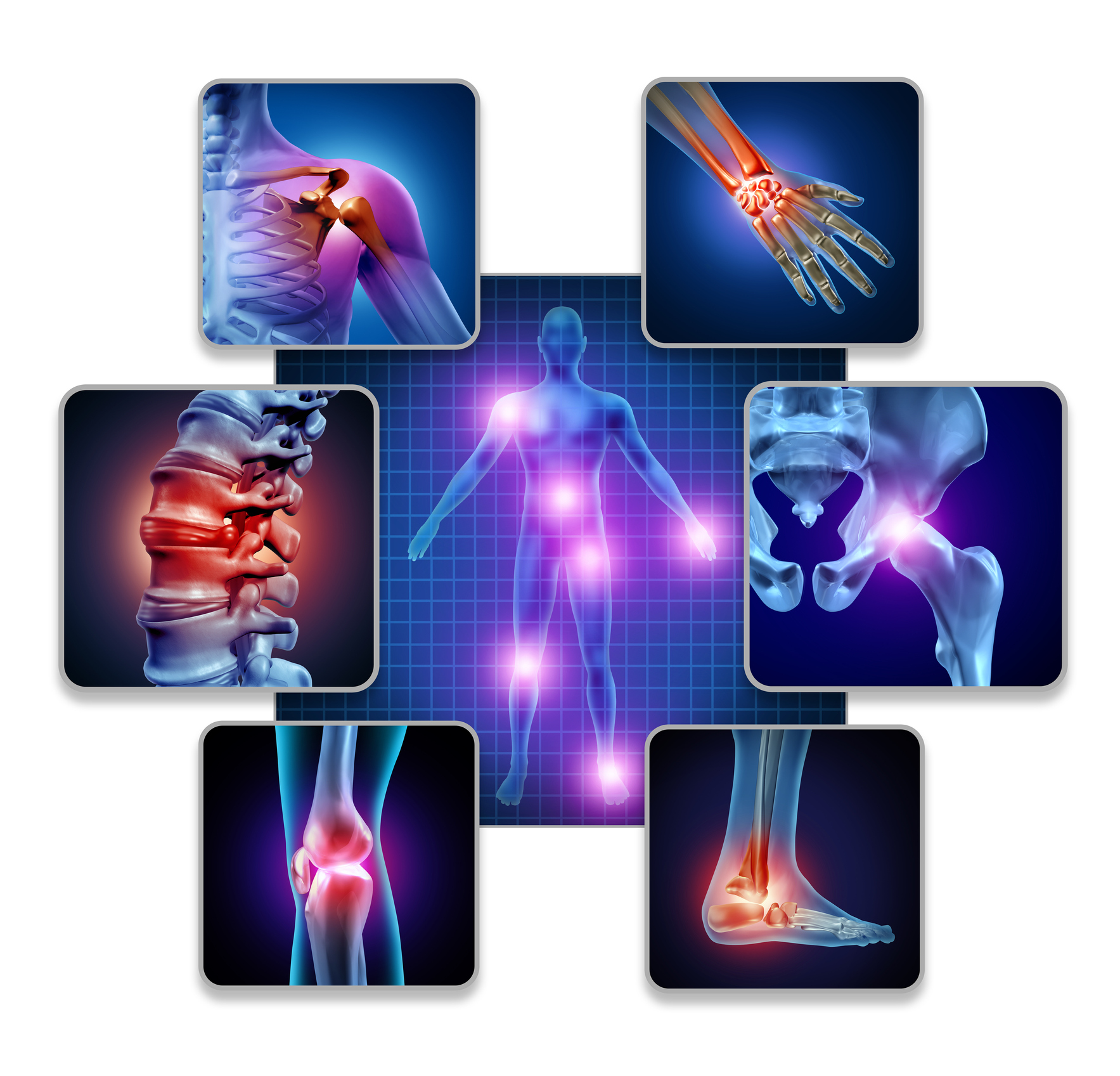The study examined the demographic, socioeconomic, and clinical correlates of self injurious behaviors (SIBs) in a large clinical sample of children with autism spectrum disorder (ASD). A case record review of 1252 ASD children for whom complete information on socioeconomic background variables and presence/absence of SIBs was available were included. The overall prevalence of SIBs was 22.1% and the most prevalent SIBs were head banging (47%), followed by self hitting (27.8%). Several factors including age at diagnosis (t = 2.09, P = 0.037), education of mother (χ = 14.48, P = 0.0001), presence of co-morbid medical condition (χ = 4.22, P = 0.040), intellectual disability (χ = 23.17, P = 0.0001), sensory processing abnormalities (χ = 13.01, P = 0.0001), and severity of autism (χ = 51.13, P = 0.0001) were found to be significantly associated with presence of SIBs. Logistic regression analysis revealed that severity of autism was the only significant predictor of SIBs. Intentional self harm is related with significant morbidity and needs early intervention.
Intentional Self Harm in Children with Autism.


